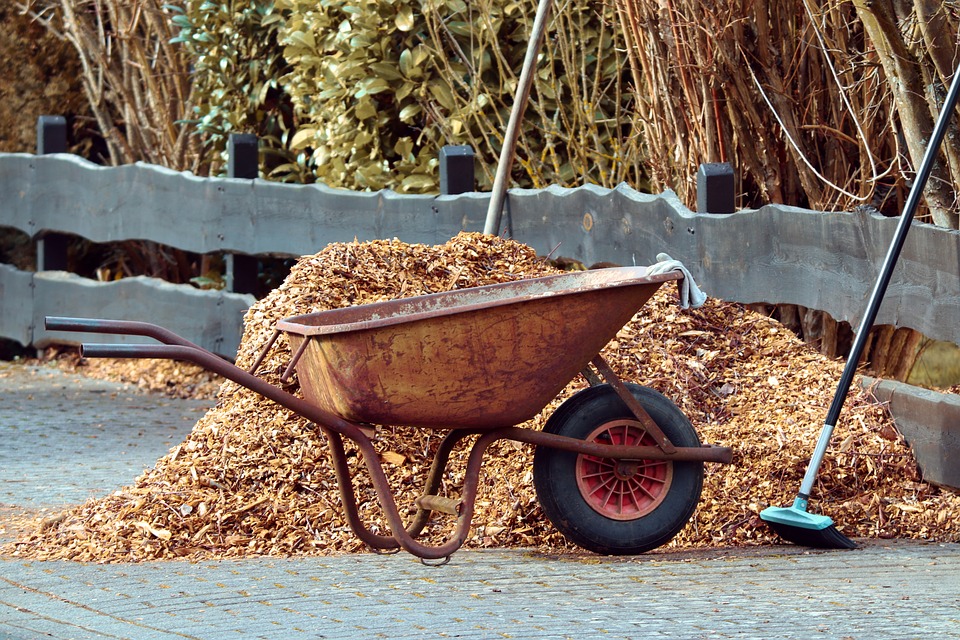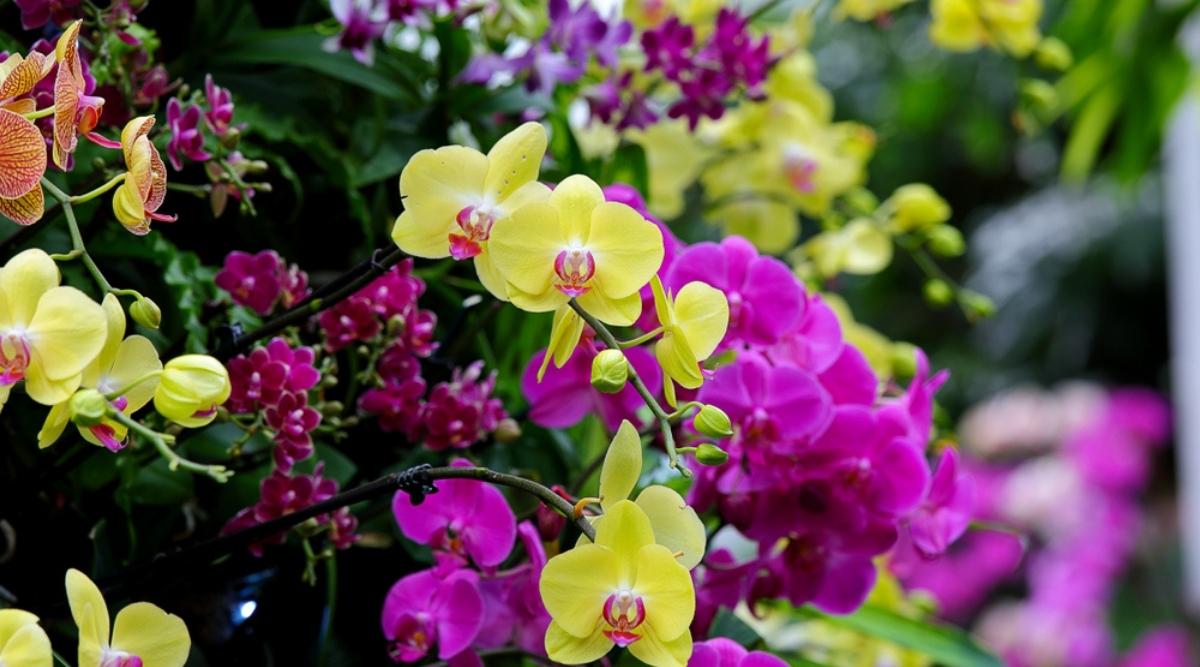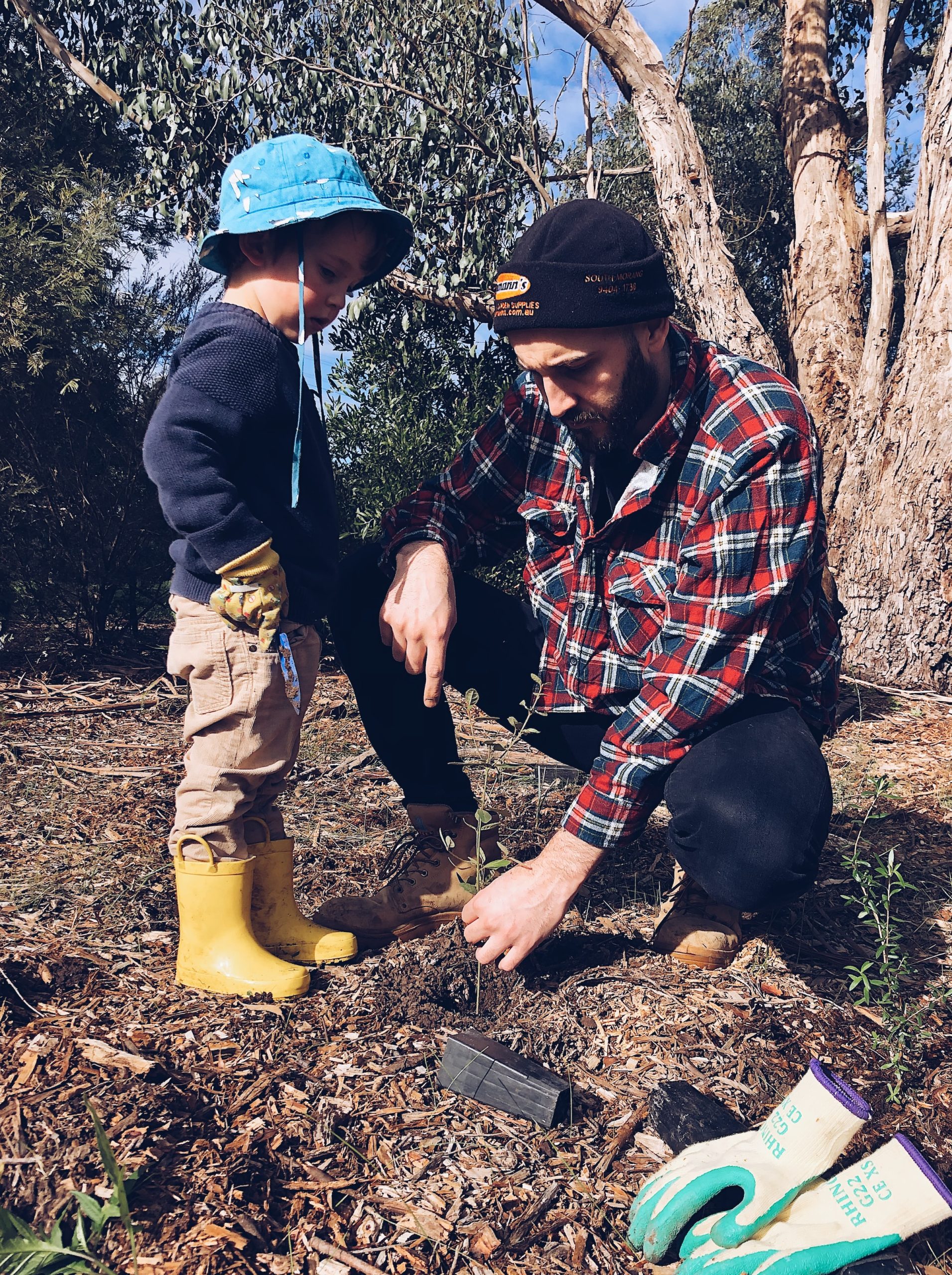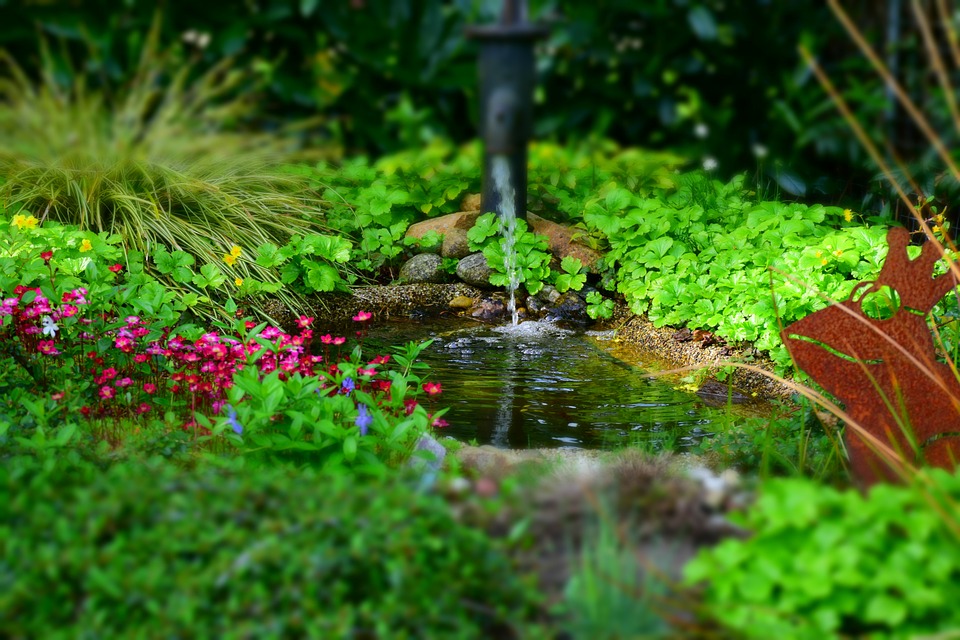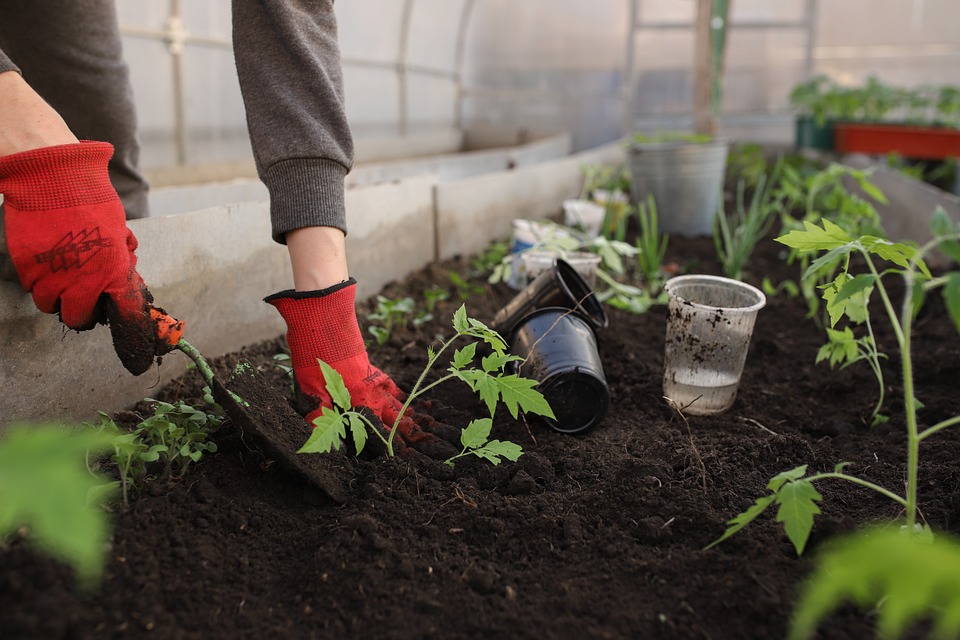Mulching consists in covering the soil with mulch made of different materials of natural, mineral, or organic origin. This technique allows regulating the soil temperature. However, it is essential to choose the right mulch for each crop. To learn more about this subject, read the following article!
The Different Types of Mulch
There are 2 main types of mulch:
Mineral mulch:
This type of mulch is not biodegradable. Its use is recommended for plants that adapt to a dry and hot climate.
There are several varieties of mineral mulch, such as flat stones, gravel, crushed slate, etc. Among the mineral mulches, pozzolan is the most used. It is a volcanic rock with a honeycomb structure; pozzolan is an excellent thermal insulator. It can also be solid debris.
Mineral mulches allow the covering of the soil efficiently and durably. They must be laid in a minimum layer of 5 centimeters. However, mineral mulches do not provide nutrients to the ground as they do not decompose. A non-woven geotextile felt should be placed under the mulch to prevent soil from rising.
Organic mulch:
Unlike mineral mulch, organic mulch has fertilizing properties. It feeds the soil by decomposing and turning it into humus. Depending on the speed of decomposition, there are two categories of organic mulch:
– industrial organic mulch with an average lifespan of less than 4 years, including:
pine bark ;
wheat straw
wood chips or shavings;
hemp and flax chaff…
This type of mulch can be used for short-cycle crops and for all types of plants.
Natural organic mulch with a life span of more than four years is favorable for a vegetable garden. It is also recommended for perennial crops that require little renewal. There are different types of natural organic mulch:
grass clippings ;
pruning residues
garden compost;
dead leaves…
Making a mulch
To prevent the development of weeds, it is essential to mulch the garden at the time of planting. Of course, you can mulch throughout the year.
Follow these steps to mulch your garden:
Clean and Weed the Soil Surface
If you choose mineral mulches, intersperse the soil and mulch with geotextile felt. Install and spread the material on the surface. Then, clear the base of the stems so that the plants do not choke. This will prevent the layers from mixing.
Make the layer about:
-2 to 3 cm for young plants
-5 to 7 cm for mature plants.
Water the soil surface to densify and compact the material. Watering keeps the material from blowing away in windy conditions.
Renew the mulch regularly as the material decomposes. It is necessary to scratch the soil to bury the decomposed material or release the non-decomposed material. Then add a new layer. For a vegetable garden, removing the mulch before working the soil is advisable.

